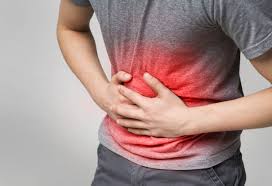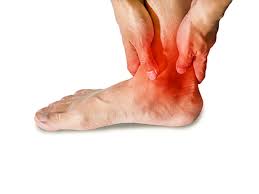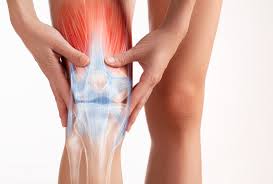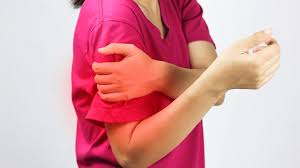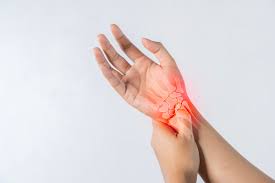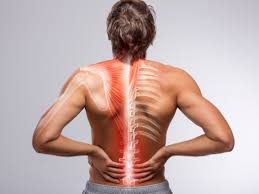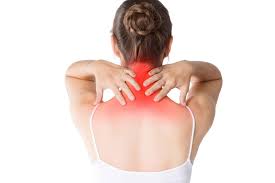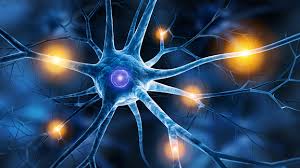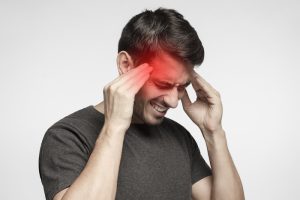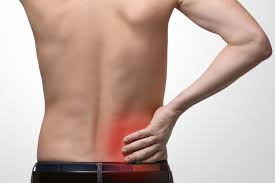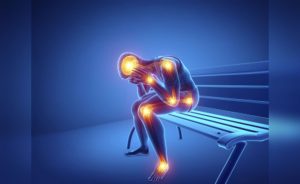1. Causes
Joint pain can be caused by inflammation, degeneration, mechanical stress, or autoimmune responses. It may affect a single joint or multiple joints and can range from mild discomfort to severe pain limiting mobility. In TCM, joint pain is commonly categorized as ‘Bi Syndrome’—blockage of Qi and blood due to wind, cold, dampness, or heat—and may also result from kidney or liver deficiencies affecting bone and tendon health.
2. Underlying Factors
– Osteoarthritis due to cartilage wear and tear
– Rheumatoid arthritis, an autoimmune condition
– Gout, caused by uric acid buildup in joints
– Repetitive strain injuries or joint overuse
– Joint trauma from sports or accidents
– Cold or damp environments aggravating joint stiffness
– Age-related degeneration or hormonal imbalances
3. Symptoms
– Pain, stiffness, or swelling in one or more joints
– Reduced range of motion or joint instability
– Warmth or redness in the affected area
– Joint deformity or crunching sounds with movement
– Pain that worsens with activity or after rest
– Morning stiffness lasting more than 30 minutes (common in rheumatoid arthritis)
4. Treatment Options
– Physiotherapy: Improves joint mechanics, stability, and muscular support
– Acupuncture: Balances meridians, reduces inflammation, and relieves joint pain
– Manual therapy: Mobilizes joints and releases periarticular tension
– Cupping or scraping: Enhances local blood flow and eases stiffness
– Heat therapy or infrared treatment for chronic cases
5. At-Home Tips
– Apply warm compresses to stiff joints to promote circulation
– Perform low-impact exercises like swimming or tai chi to maintain flexibility
– Avoid prolonged cold exposure and dress warmly in damp climates
– Rest painful joints during flare-ups, but avoid total inactivity
– Maintain a healthy weight to reduce joint pressure
– Recommended products: joint support braces, warming oils, ergonomic cushions, massager






